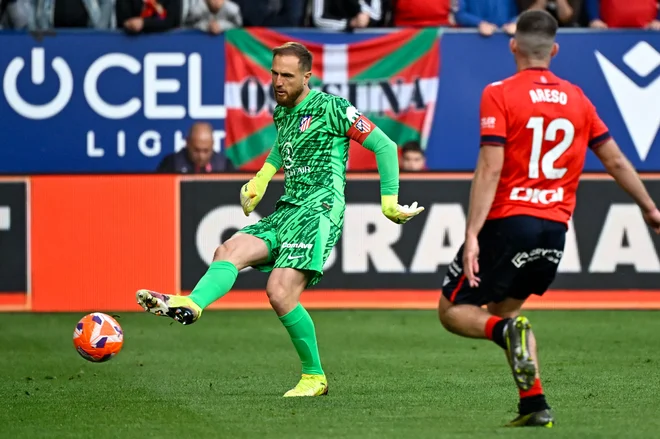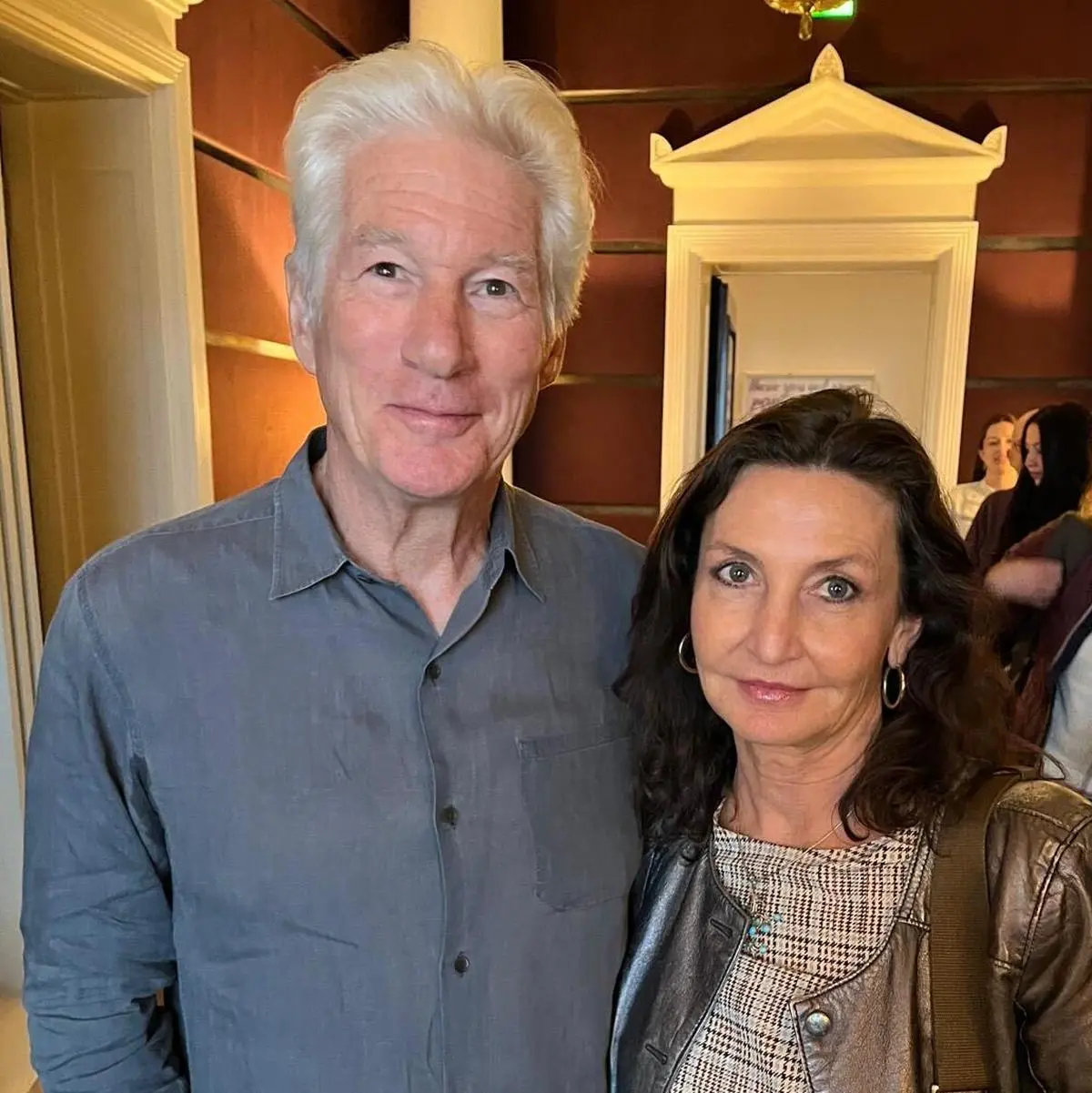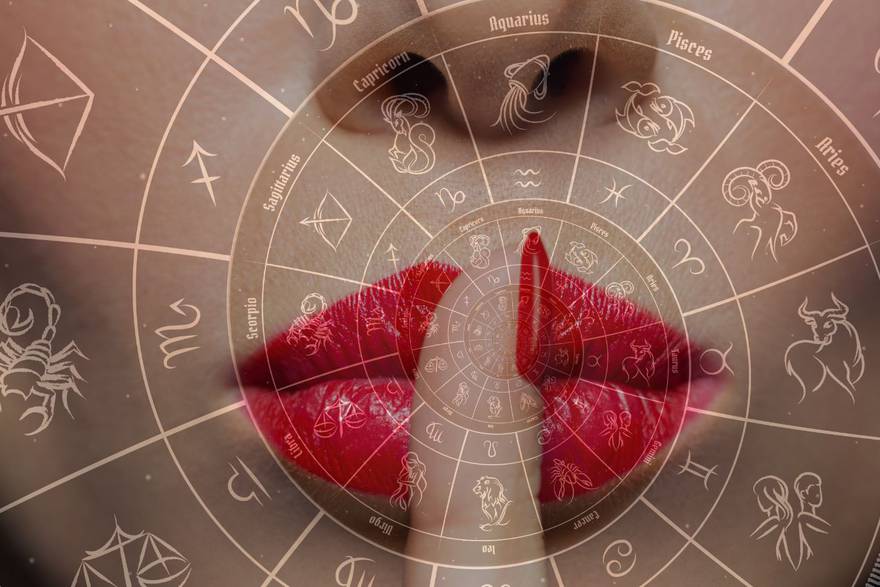Column | To his shame, Raoul de Jong never wrote a column about the man with whom he has been living together for twenty years
:format(jpeg):fill(f8f8f8,true)/s3/static.nrc.nl/taxonomy/1c244cd-Raoul1_1280_columnistenfoto.png)
We sat on the Seine, opposite the building where Marie Antoinette was locked up before her head was cut off. My girlfriend Rachel asked my partner Gianluca questions about the work he comes home every night when I am sitting in our kitchen behind the computer. While Gianluca told about the masterpieces he has in his hands every day – from Caravaggio to Basquiat – I realized to my disgrace that I have been writing pieces about meetings with special people for years, but never dedicated a whole column to Hèm, the Italian miracle with whom I have been living together for twenty years. That does not mean that I am a bad person (says Esther Perel !!!): That’s how it goes in love and life; Ultimately, everything that is special is normal, if you don’t occasionally zoom out and actually look.
Gianluca was born as the second child of a Sicilian father and a Calabrian mother, in a suburb of Milan. His father was a construction worker, his mother cleaned houses. Gianluca became a restorer of paintings and frescoes. In churches, palaces and museums. That is how we met, at the age of 21, in New York. I was there for a book, he was there for a portrait of Queen Maria Francisca Isabel Josefa Antónia Gertrudes Rita Joana from Portugal.
The works he restores are not dead things, he told Rachel now. They survived wars, genocides and revolutions and they still live. Fairly literally; They were created with organic materials – oil, linen, natural pigments – that continue to respond to the environment and the time. He is particularly warm for paintings that were not painted on behalf of rich families or the church, but to express something that lived in the artist himself; Paintings where you can recognize in the paint strokes how the maker puzzles and searched. The painting that Gianluca and his colleagues now restore falls into the latter category. A funeral in Ornans, from the French painter Gustave Courbet.
Courbet painted it for the Paris Salon of 1850-51. The other painters showed historic battles and Greek gods, Courbet showed residents from his native village during the funeral of his uncle, on a cloth of 3.15 by 6.68 meters. He had been struggling for two years in the attic of his father’s house. Before he sent the end result to Paris, he exhibited it in Ornans himself, so that the normal people in his painting could admire themselves in gods format. « Instead of the gods, » Gianluca told Rachel, « Courbet looked at reality. »
The painting caused a huge riot in Paris. It was outrageous to make something that was so normal, the critics thought. But, as it goes, Courbet got the final say in the long term. In the coming months they all shine in Musée d’Orsay: the villagers of Ornans and a group of art restaurants who keep them alive, one hundred and seventy -five years after Courbet caught them. If you get there: that one with the mustache is the young man with whom I have been getting older together for twenty years. He wears the shoes that we bought together for him in Rome. At eight o’clock in the morning he left our house while I pretended to sleep. Be kind to him if you meet him.

:format(jpeg):fill(f8f8f8,true)/s3/static.nrc.nl/bvhw/wp-content/blogs.dir/114/files/2019/10/trujilo5bij3.png)
:format(jpeg):fill(f8f8f8,true)/s3/static.nrc.nl/taxonomy/bf9b707-commentaar-itemafbeelding-2024.png)
:format(jpeg):fill(f8f8f8,true)/s3/static.nrc.nl/wp-content/uploads/2019/07/fritshome.png)




